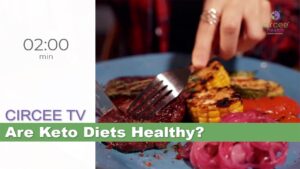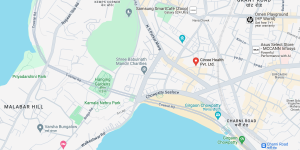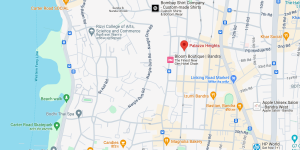Namaste! I’m back again. We bring this video to you from a part of Puerto Rico called Condado which is like a suburb of San Juan, the capital. Look at these rocky beaches! How wonderful to be living on this small island and seeing this scene everyday!
I will try and make this video short and to the point. You probably already know what diabetes is. It is the inability of the cells in the body to use sugar for everyday activities. Did you know that there are indeed 4, or even 5 (depending on how you count) types of diabetes!
Very quickly,
Type 1 is something some are born with where they do not have the ability to make insulin, an essential hormone to help bring sugar molecules (which I will explain later) into the cells for use as energy.
Type 2 is what we are familiar with. It is caused when we can make enough insulin, but that insulin cannot get into our cells for energy. Since this is the most common form of diabetes, this video will mainly discuss this.
Type 3 is a type of diabetes that appears in some Alzheimer’s patients when they start to resist insulin – meaning the insulin is produced, but just like in type 2, it cannot get into cells for use.
Type 4 is a rare form of diabetes that comes from advanced age, when our cells just cannot incorporate the sugar from our cells.
At this stage, I want to tell you something that is my pet peeve with a lot of sites, companies and medical practitioners – they do not complete the story about diabetes! For example, do a search on Google about type 2 diabetes and insulin resistance and you will see that most of these sites will start telling you about how insulin resistance happens. I just found some very beautiful animations that some pharma company that produces the drugs for type 2 diabetes must have paid a ton of money to create, complete with 3D graphics showing you the mechanism of insulin resistance – in other words, the “how it happens” part. What they and many others, purposely, or due to other reasons skip – the part about why insulin resistance happens!
This is where we come in. We have no interest in peddling these drugs. We’d rather see our patients get “cured” once and for all by fixing the main cause in most type 2 diabetes. But before I do that, let’s step back and look at the mechanism of a normal human being absorbing energy through food.
Here’s a carrot. Guess what happens to…
SLIDES ON DIGESTION
Let’s see what happens when Bugs bunny when he eats a carrot. Carrots have two types of sugars, one is called glucose, the other fructose. Our bodies can only absorb glucose, the purple colored hexagons shown here. We only absorb these. The yellowish ones, the fructose, we cannot do anything with so we discard it. Similarly, let’s take a look at a slice of bread. In this case, bread is broken down into chunks of carbohydrates called starch, which then is further broken down into chains of glucose and ultimately into glucose. So you see, pretty much all carbs turn into glucose and this is where you might start to think that carbs. This gives rise to the popular saying that “sugar (correctly, glucose) is bad for you.
NORMAL CELL
Let me continue with the story to show you what happens around our cells when this glucose arrives at the walls. Here is a normal cell. The round thing is the cell, the circle in the center is the nucleus – the brain of the cell, the little red marks are the little gates that let glucose in and the little yellow lines are literally strings of fat that all cells have to some extent or another. Here is a blow up of part of the cell. The little red marks you saw earlier are actually small gates through which the cells take in glucose.
Let’s zoom into one of these gates. In response to the glucose around the cell, the body produces insulin. You might wonder why can’t glucose just get into the cell to be used up? The answer is that the cell’s gatekeeper needs to be opened up and that is what insulin helps do.
DIABETIC CELL
IN case of the diabetic cell, you may notice something slightly different. It has a bit more fat. This difference will become important shortly. Let’s go through the process of glucose coming to the cells, waiting for it to be used up. So here we are, the glucose comes in, and so does the insulin, just like we could have predicted. Insulin even attaches to the cells like so.
So for diabetics, we have two choices at this stage, we can either use a drug such as metformin and somehow push the glucose into the cells or add more insulin hoping that somehow some insulin will help open up the glucose entry channels.
In all this, notice that neither of these solutions address the true cause of diabetes – what we call intracellular lipids. You call it fat. Address the fat and your problems are gone!
IN case you have any doubts about this, think about any diabetic you have known that has to inject insulin. The doctor asks them to inject in different parts of the body. Have you thought of why this is the case, or have you seen what would happen if they used the same site?
ADIPOSE TISSUE INSULIN SITE
This is what happens! Why do you think that is the case?
CONCLUSION
I hope this has been a good overview of how diabetes, in particular type 2 diabetes works. If you don’t remember anything except one, just remember fat us the real culprit! Not sugar.
We want to say thank you again for tuning in! Please like and subscribe by clicking on the subscribe button and the bell icon …and, as always, please leave us some feedback and any suggestions for new topics that you’d like us to discuss.
Namaste, Bye!







